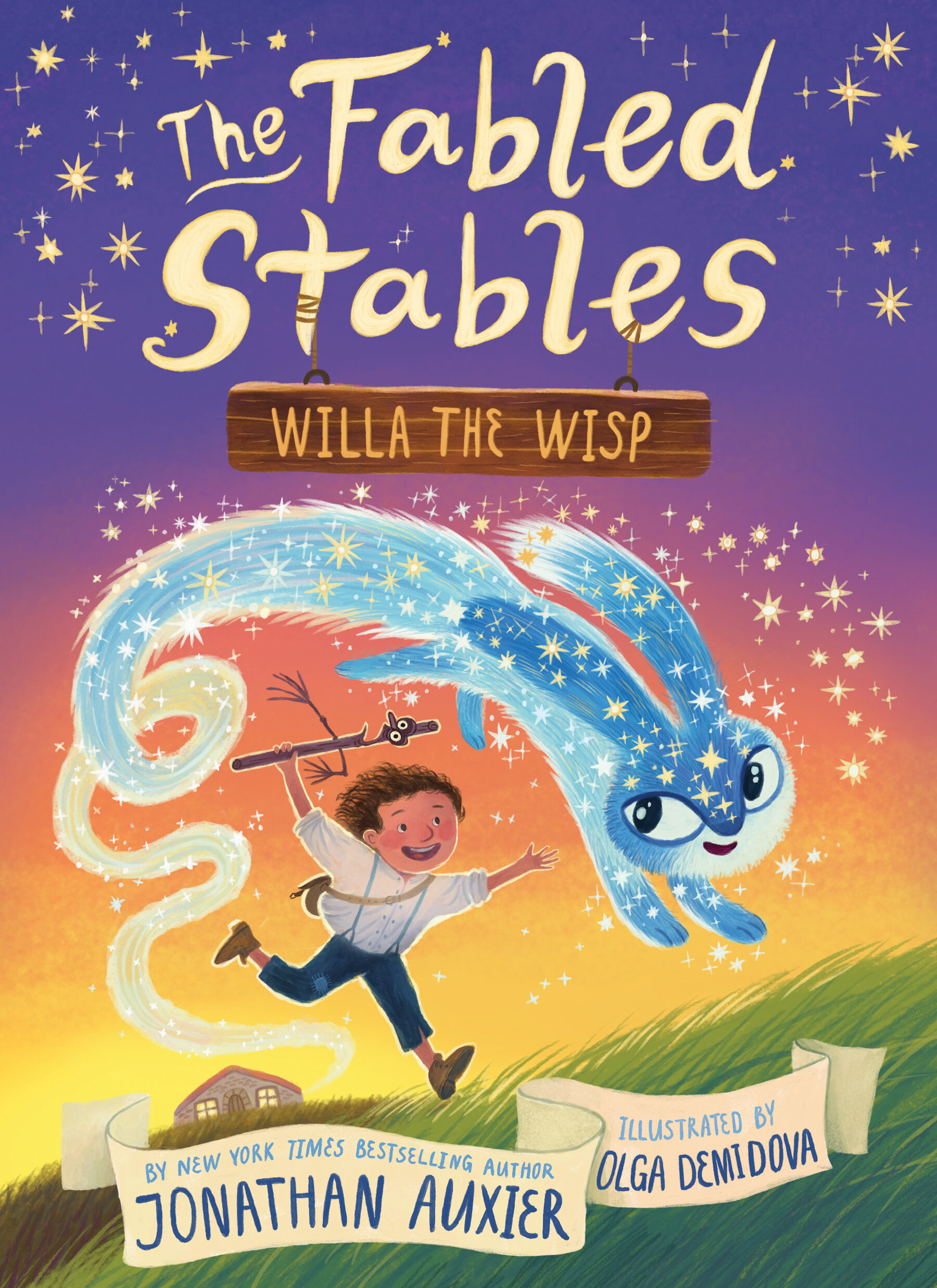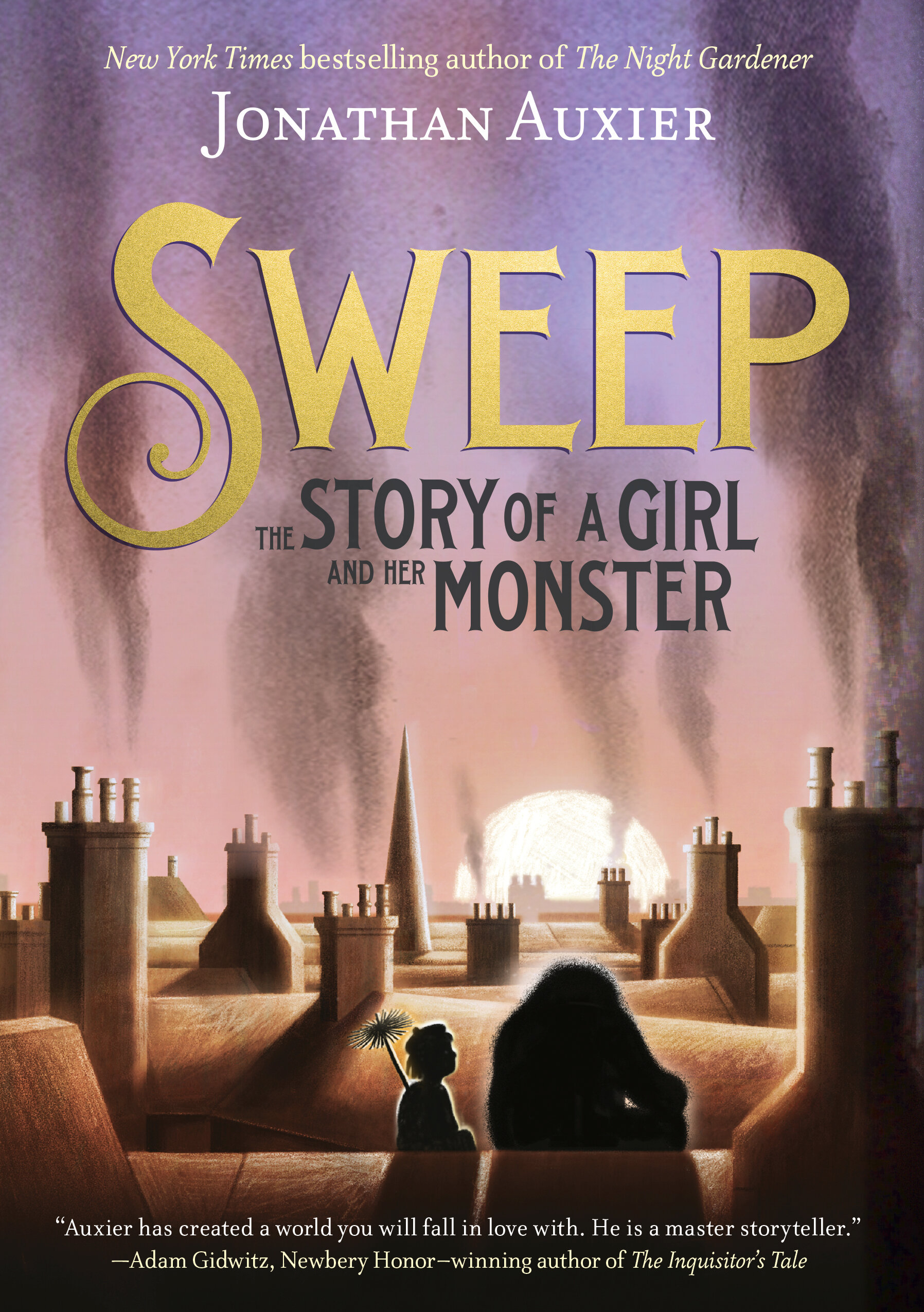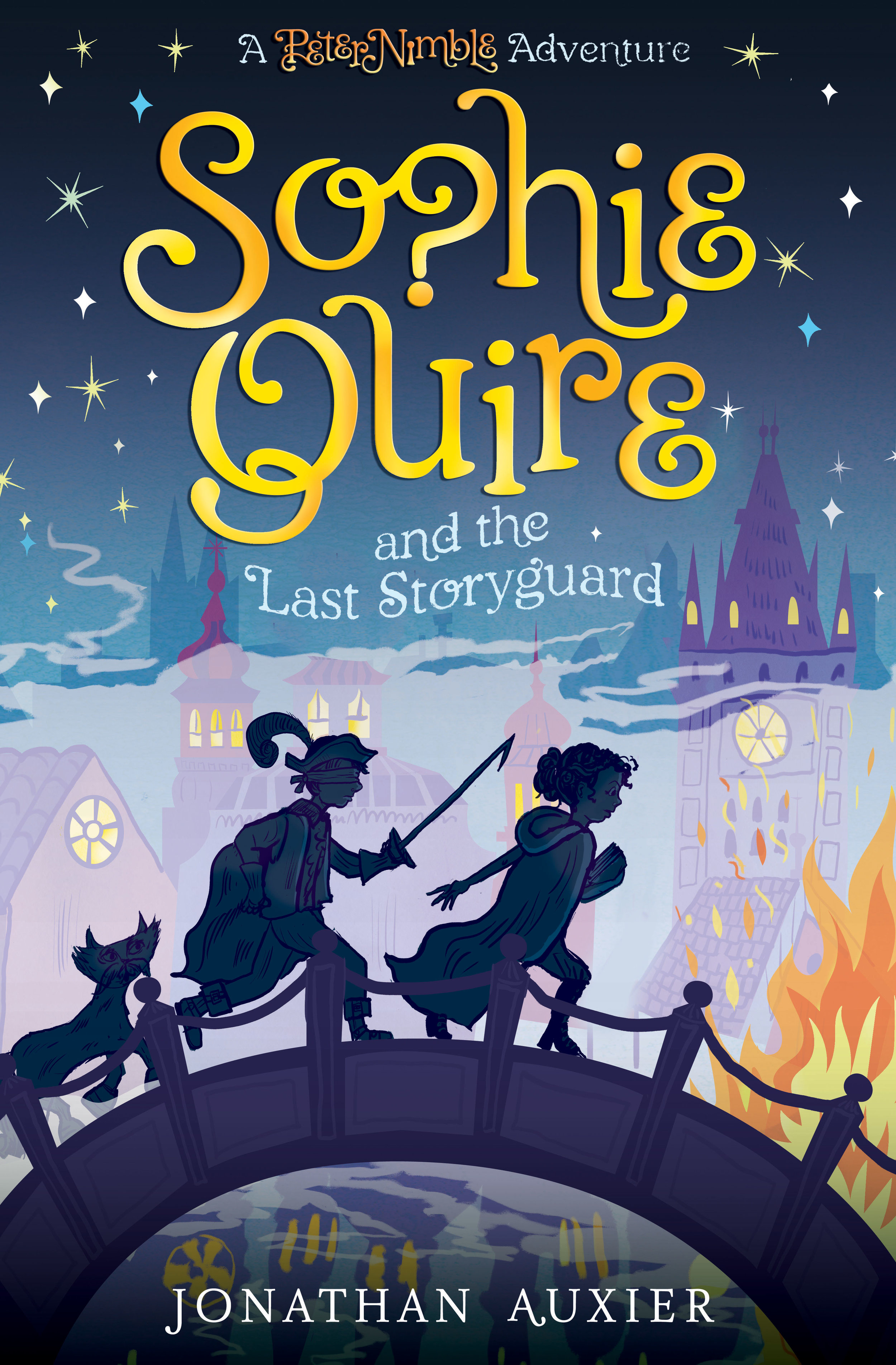Roleplaying for Very Young Children
/
 This weekend, we had an impromptu Last Unicorn party with my daughters and their similarly-unicorn-obsessed friend. We watched the movie, of course, but there was also dress-up and a tabletop RPG session, which I ran for them. My kids are 3 and 5 years old, and it can be challenging to teach certain board game mechanics to kids so young (especially when they can't yet read). Over the last year, I've come up with a few rules that have helped games with young players.
We've been using the fantastic Mice and Mystics as our base game. I love it because it looks like Redwall and has pretty child-friendly theming: the scariest monsters they will encounter are giant spiders and centipedes.
This weekend, we had an impromptu Last Unicorn party with my daughters and their similarly-unicorn-obsessed friend. We watched the movie, of course, but there was also dress-up and a tabletop RPG session, which I ran for them. My kids are 3 and 5 years old, and it can be challenging to teach certain board game mechanics to kids so young (especially when they can't yet read). Over the last year, I've come up with a few rules that have helped games with young players.
We've been using the fantastic Mice and Mystics as our base game. I love it because it looks like Redwall and has pretty child-friendly theming: the scariest monsters they will encounter are giant spiders and centipedes.

Along the way, we've developed a few house rules that keep things moving for young kids. I thought they were worth passing along:
- Use a Dice Arena -- kids are sloppy with dice, and this keeps things from knocking over board pieces. We use shallow Tupperware container, nothing fancy.
- Kids Get Unlimited Movement -- Turns out it's hard to explain to a three year old that her character can't get far enough away from a Warrior Rat to stay alive. So now I let them move as far as they want. The monsters that I control have speed determined by dice.
- No Defense Rolls -- Defense rolls are sort of counterintuitive because they're passive -- all it does is augment the aggressor's damage. The game moves much faster if you just roll and apply damage without worrying about defense. (To simulate armor, just give more HP.)
- Re-Rolls and Healing -- In Mice & Mystics, each die has a piece of "cheese," which they can spend to use special powers. My kids can't read the special power cards, so I just made a rule that they can always spend cheese to re-roll. This helps the kid with bad rolls to not get too discouraged. I would also let them spend the cheese to heal damage, which was essential because rule #3 meant monsters deal a LOT of damage!
- Add Candy -- A recent change that was a BIG hit was to replace the little "cheese" tokens with mini-marshmallows, which they have to eat when they spend them. It actually created some serious "marshmallow test" drama wherein they had to decide between eating and saving this valuable resource.
- Stabilize Between Encounters -- After each skirmish, I make the kids explore the room and always ensure that they discover a cache of marshmallows to heal themselves. This was also a way to make sure the player who was a little more harassed or left out had a chance to have a big win: they were the one who managed to find the hidden stash.
- Keep it Short -- Tabletop RPGs often skew long, but I've found that a 30-40 minute session works best. Really, this is all about seeding a board game addiction, and the best way to do that is to leave them wanting more.












